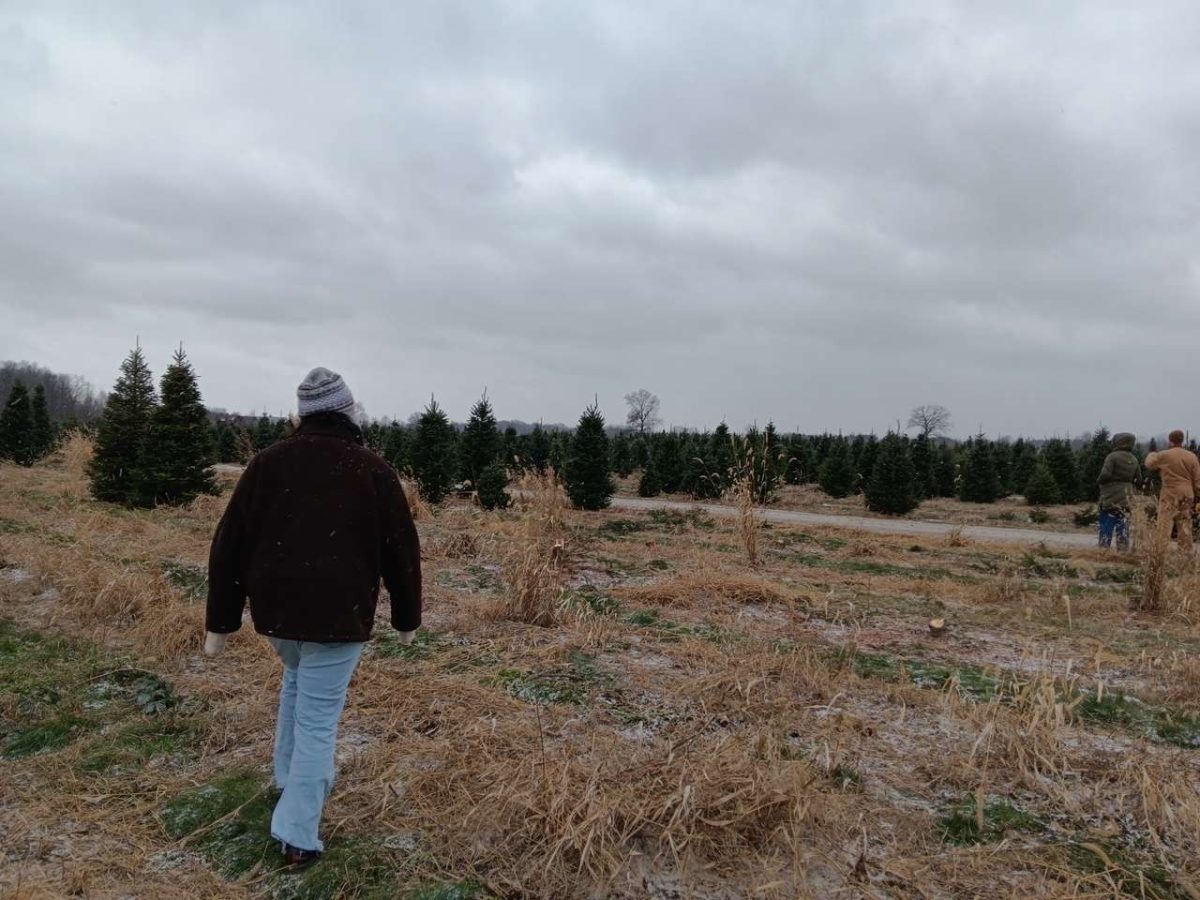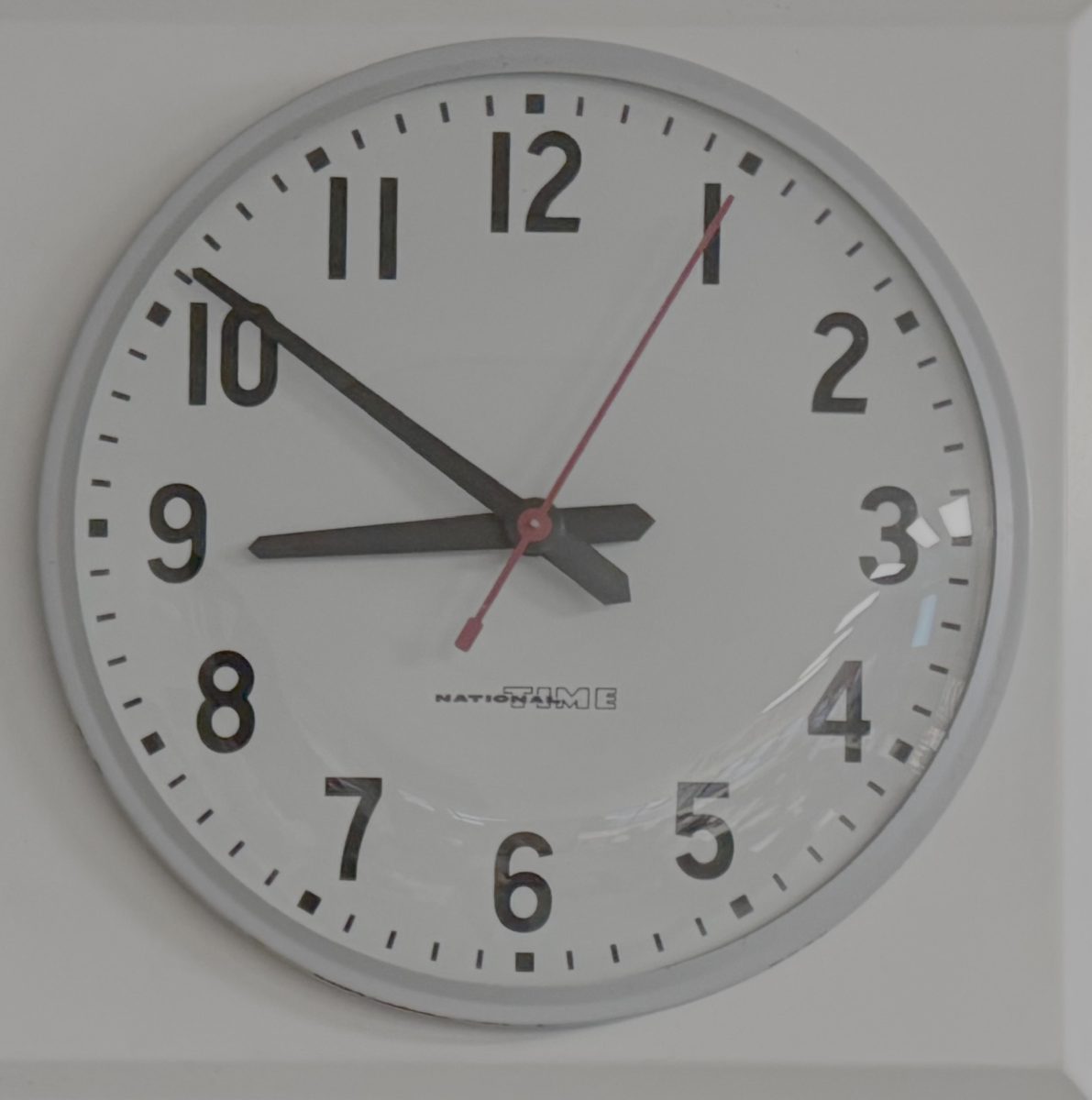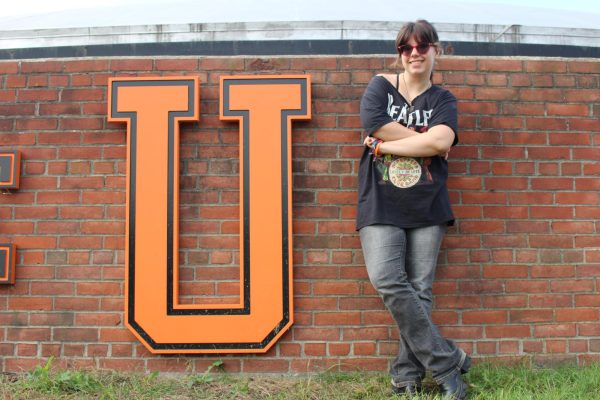Hostile Architecture: a strong word used for a very dangerous or even just annoying type of structure. These creations are an easy out to the increasing homelessness problem, making it so that your regular middle class person would not see the issues thinking that it means that the problem is solved.
Anti homeless design is one of the most inhumane creations for the homeless to date. It can be rocks on the ground where a homeless person may want to sleep or designing benches to be uncomfortable for said homeless people to use having spikes, spaces, bars, or even being shaped like modern art.
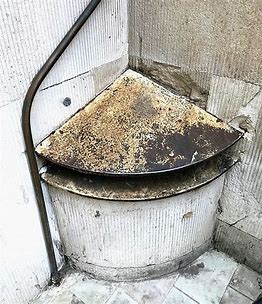
Even deflectors are used to stop the homeless from peeing when they have no other choice but to do it outside. In some places there are no forest to do it in and there are multiple accounts of the homeless getting kicked out of different fast-food places to use their bathrooms.
The Seattle Department of Transportation has set multiple bike racks in places where homeless have been caught sleeping before. According to The Urbanist, these bike racks were removed after intense backlash showing that we can reverse these discriminatory creations.
In an excerpt from The Guardian about congress voting on whether homeless encampments should be taken down, a statistic was mentioned that “the federal count of homeless people had reached 580,000 last year.”
We will be focusing on these benches. These benches aren’t just uncomfortable for those who need a place to rest. Most of the time, they are also uncomfortable for the regular homeowners. Holes in benches that are meant to make those who cannot afford shelter freeze and make those who just need to sit just as cold. These have been created so that the homeless wouldn’t be seen as much by the public eye and thus not “disturb them.”
One of the most known examples of these structures hidden in plain sight is the Camden bench. The well-known Camden bench is the best example of these “anti-delinquent” benches. While it does stop teens from skating on it, is graffiti proof, and has zero cervices for drugs, it is more of a tool for ignorance. When you do not see these things, they still exist in the darker alleyways where the homeless still exist and are increasing. You cannot have a true statistic for something you cannot see. Some like C. Ray Jeffery even believed in “Crime Prevention Through Environment Design” thinking that is there was “less poverty” then there would be less crime. This is ridiculous because it could all be solved by just creating more accessible homeless shelters or even keeping drug dealers of the streets so that less people fall down those pits. If it is an economy problem, then the government should be working on that instead of finding the easiest option.
Places like New York and California have held a “Broken Window Policy” saying that those who cannot see the “broken windows” or “uncivilized” will not want to cause disruption as much themselves. While the percentage of crimes due to this went down because of it, they also lost a lot of the middle-class citizens, upsetting the very people they were looking to please. These “treatments” really spiked during economic crisis like the one in 2009 and the ones in the 90s.
Some like C. Ray Jeffery even believed in “Crime Prevention Through Environment Design” thinking that is there was “less poverty” then there would be less crime. This is ridiculous because it could all be solved by just creating more accessible homeless shelters or even keeping drug dealers of the streets so that less people fall down those pits. If it is an economy problem, then the government should be working on that instead of finding the easiest option.
“I don’t think it’s something I would encourage it in a school setting, but I don’t know where else they would sleep,” principal Tim Youngblood said. ” I would say that if where the head of the parks department I would encourage something like that.”
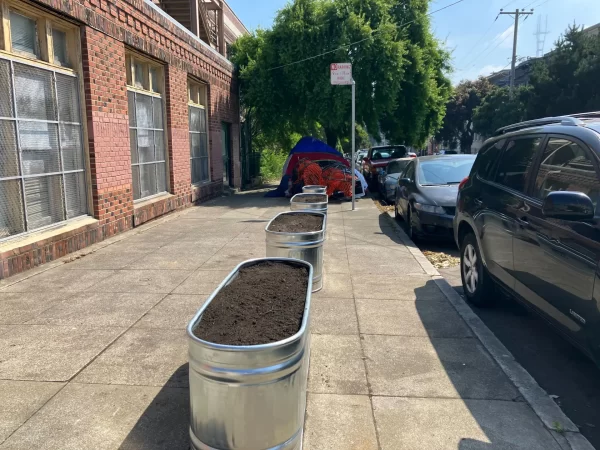
Just in 2023, homeless people like Steve Valeck were upset over flower planters added to their streets in San Francisco. These planters were in the exact spot that many people would sleep, showing up in the middle of the night. These planters have not been taken down to date.
You might be thinking “this is horrible” and “how do we solve this.” The best things that can be done right now is to keep others informed about this issue that has existed for decades and hold our government accountable. Not all hope has been lost for this cause.
In 1979, Callahan v. Carey was held. Attorney Robert Hayes, co-founder of the Coalition for the Homeless, sued the city in the New York State Supreme Court, arguing homeless men had a right to shelter. The city settled the lawsuit in 1981 with a consent decree, which required the city to provide a sufficient number of beds to meet the needs of every homeless man looking for shelter. Remember though that New York is only one of three municipalities and even then, they only have the bare minimum and mayor Adams is looking to suspend this bill. If proper money and care went into helping our homeless population then maybe we all would be happier to see homeless people off the streets and far away from any dark neglected corners.




